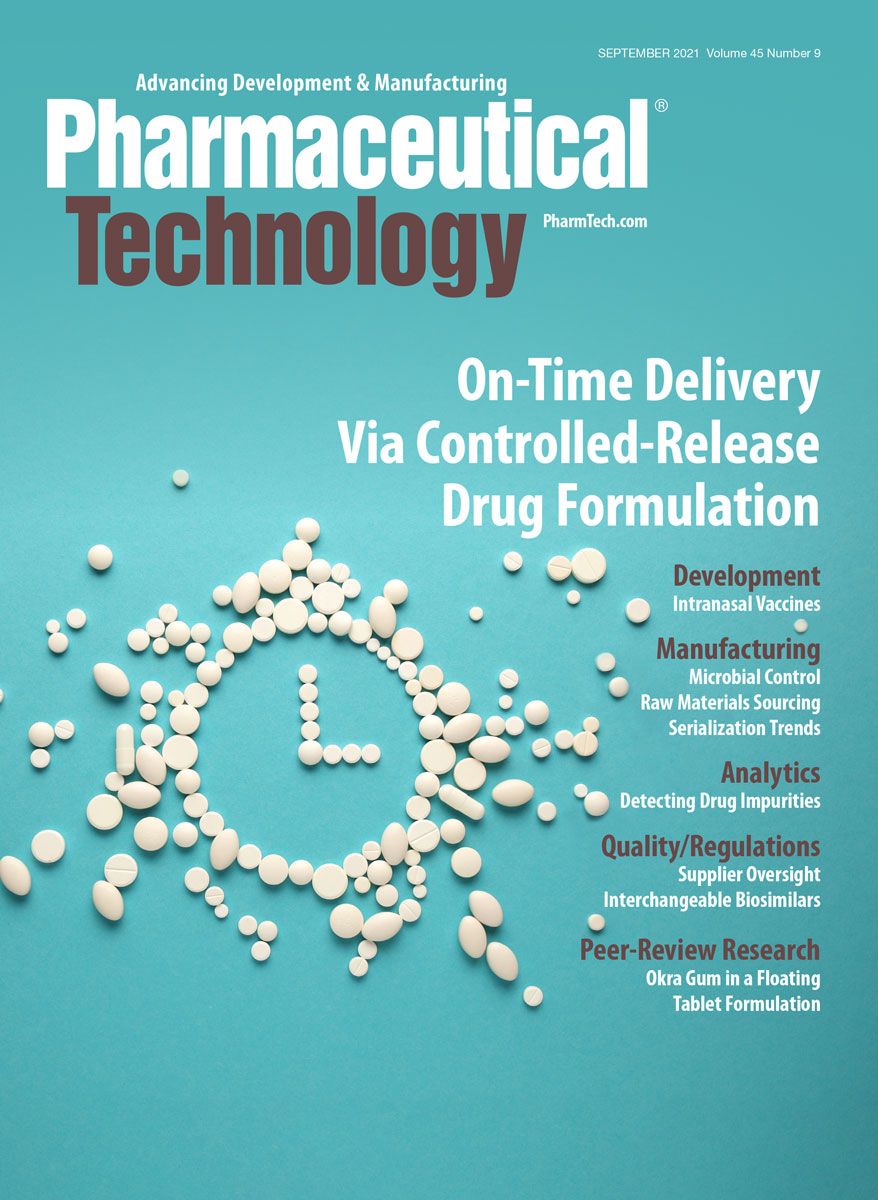Improve Automation, but Beware of the Pitfalls
Siegfried Schmitt, vice president, Technical at Parexel, provides best practices for switching from paper-based to automated processes.
Q: We have been tasked by management to improve our processes and to enhance compliance. To achieve this goal, we intend to significantly increase the use of automated systems, replacing manual paper-based processes. It is a well-known fact that IT projects can easily end up in disasters as an Internet search will tell you. We want to be diligent. Can you share some best practices that can help us prevent or at least mitigate automation project failures?
A: Some things still need to be done by hand, such as typing the answer to your question. But automation is a necessity in a regulated healthcare environment, not merely for business optimization reasons, but also for being able to operate in a compliant manner. The keyword here is data integrity. For example, every time someone performs a manual transcription of data (e.g., typing a measurement into a form), there is a chance of a typing error. Even when you check and double check, you will never be able to reduce the error rate to zero. That alone is reason enough to eliminate manual entries, wherever possible.
The following are some suggestions that can help you on your road to success when automating processes.
Follow best practices
Benefit from others’ experience and expertise. Well-known and widely used methodologies include COBIT (Control Objectives for Information and Related Technology) (www.isaca.org/resources/cobit), ITIL–The IT Infrastructure Library for IT Service Management (ITSM) (www.itsmf.co.uk/), and Good Automated Manufacturing Practice (GAMP) (https://ispe.org/initiatives/regulatory/what-gamp), to name but a few. In simplest terms, make sure you have a well-structured, carefully planned, and professionally executed project.
Always have a plan B. In IT terms this could be a roll-back option (i.e., you restore the status as it was before). It will be better to continue working the old ways than not being able to work at all.
Avoid these pitfalls
One should avoid transposing a manual paper-based process “as is” into an automated process flow. This will not really deliver an improvement. If we take the example of signing documents, then a piece of paper can only be signed by one person at a time. An automated process on the other hand should allow simultaneous signing by several signatories, using electronic signatures.
Automated systems almost always offer transactions that cannot be (easily) performed manually. Therefore, find out what the automated system will let you do that you could not have done on paper.
Avoid going live “big bang” style (i.e., stop any old process or system and use the new system only from day one). Yes, you will have tested the system and you have done dry runs, but the chances of things going wrong, users getting frustrated, clients becoming irate, and management being displeased are to be expected. So don’t do it. Use a phased approach; sometimes it is possible to switch on one module after another; use one site or one department as the trial site. This approach will limit the fallout from any system failures.
Avoid having user acceptance testing performed by the vendor or someone from the IT department, instead of the actual users. Invariably, users will do something totally unexpected and will stress test the system in ways that those who are experts in the system could never imagine. I vividly remember situations where I was told by IT “but this has never happened before”. The clue is in the expression ‘user acceptance testing’.
Don’t buy the sales pitch (“this is the all-singing, all-dancing system”), when all you actually need is one tool to handle one very specific process. Overly complex systems will only mean that users will find ways and means to bypass the system, and the benefits of having an automated system will be lost.
Of course, these are only a few suggestions, and there will be many more that can be found online and through other channels, such as industry organizations. Good luck with your endeavors.
About the author
Siegfried Schmitt is vice president, Technical at Parexel.
Article Details
Pharmaceutical Technology
Vol. 45, No. 9
September 2021
Pages: 62,61
Citation
When referring to this article, please cite it as S. Schmitt, “Improve Automation, but Beware of the Pitfalls,” Pharmaceutical Technology, 45 (9) 2021.
